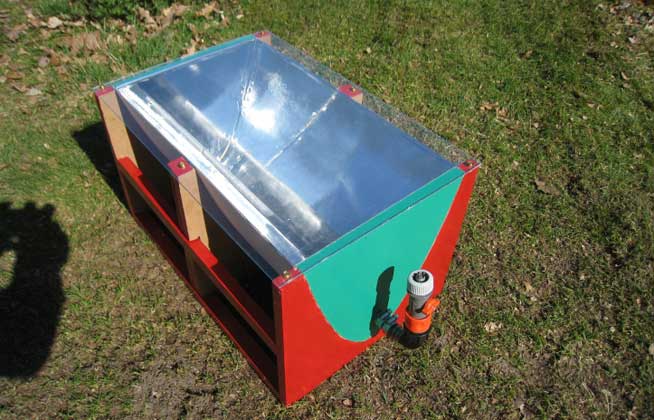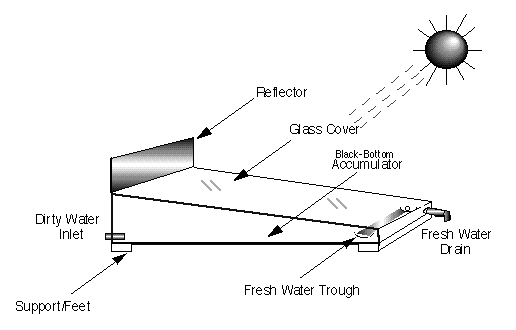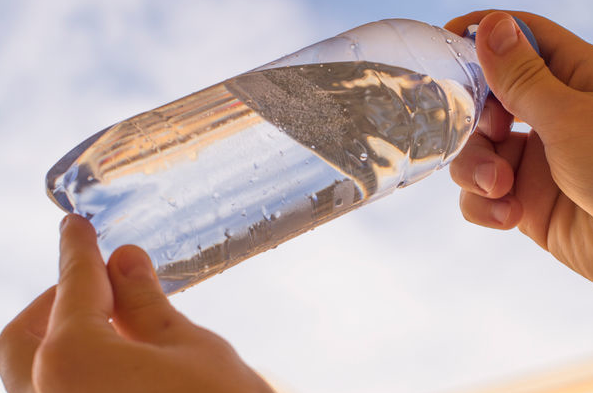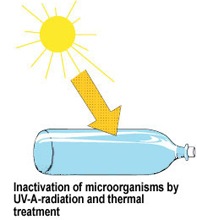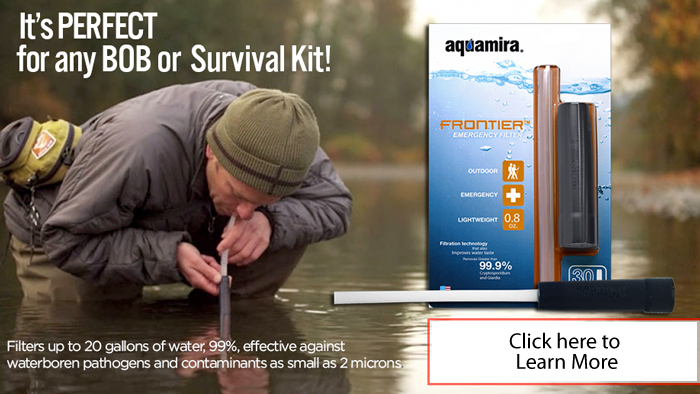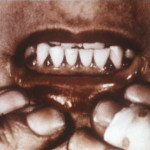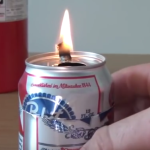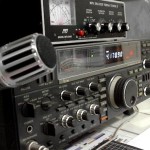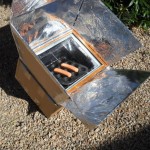There are two ways that you can purify water using the energy from the sun. You can either build a still that will evaporate clean water vapor from a dirty source and deposit it into a container, or you can let water sit under direct sunlight for at least six hours. The direct sunlight method is known to kill a host of germs and bacteria, making non-polluted water safe for drinking. The still method can be used to treat polluted or contaminated water. Both methods require strong and direct sunlight.
Creating the Still
The main principles of the solar still involve creating a large but shallow reservoir for the water that is covered by an equally large pane of glass. The glass should be angled just enough to allow the condensed water droplets to roll down and enter the piping that will transport it to the container. The easiest way to accomplish this is by building a box from wood that is no more than four inches high on one side and one to two inches higher on the other.
The joints along the inside of the box as well as where the bottom piece is attached needs to be filled with waterproof glue. Once the glue has dried, take some black acrylic caulk and coat the entire interior surface with the material. It’s important to use a trawl and move the caulk quickly but evenly before it sets. You can fill in nooks and crannies with your fingers once you have coated the base and interior walls. Make sure that every inch of interior space is coated with the black sealant in order to maximize its ability to trap and retain heat.
The next step is to take a ¾ to 1 inch diameter PVC pipe and place it on the short end of the box so that the water will drain into the tubing and out of the box. Cut out holes on each side of the box so that the pipe will rest flush with the frame once the glass is placed on top. Cut out a notch along the length of the pipe for the glass to fit inside and enable the free flow of water. Cap off one end of the pipe and add a joint piece to the other where you can attach some tubing for the water to exit the system.
Add another joint on the tall side of the still so that you can introduce water into the unit without the need to lift the glass every time. It is very important for the efficiency of the unit that it remains as sealed as possible. Therefore, having set holes for water entry and exit will allow you to permanently seal the glass to the box as well as any other openings. You will notice a significant increase in the amount of distilled water when working with a sealed unit.
When ready to use, simply add enough water to cover about an inch from the bottom. You don’t want it much deeper because it will not heat properly and fail to evaporate. Place the unit in an area that will receive at least 6 hours of direct sunlight and wait. You should be able to get a gallon per day from a 2×6 piece of glass, but amounts will vary depending on the construction of the still as well as the intensity of the rays from the sun.
Plastic Bottle Purification
Plastic bottles are a great way to let the UV rays from the sun kill off most harmful bacteria found in water. If you are in an area where you can place them flat on their sides under direct sunlight for at least 8 hours per day, then you can give yourself a stable source of drinking water. Another option to consider is using food storage plastic tubing, the kind that you use to vacuum seal items prior to freezing.
They normally come in tubes of plastic that can be up to ten feet long. Simply unroll the plastic, seal off one end with duct tape or even by melting the pieces shut, and add water into the other side. Allow the sun to purify the water all day long just as with the bottles. In both cases, this purification method will not remove harmful chemicals or toxins from the water, only the bacteria. So, make sure that your water supply is not tainted if using this technique to avoid becoming unintentionally sick.
These are great options when you are in a situation where you do not want to waste fuel generating heat for distilling. Just remember that their effectiveness depends on the intensity of the sunlight and the size of the units. They may not be the most efficient, but they will get the job done in situations where you want to have water purification running in the background as you tend to other projects.


